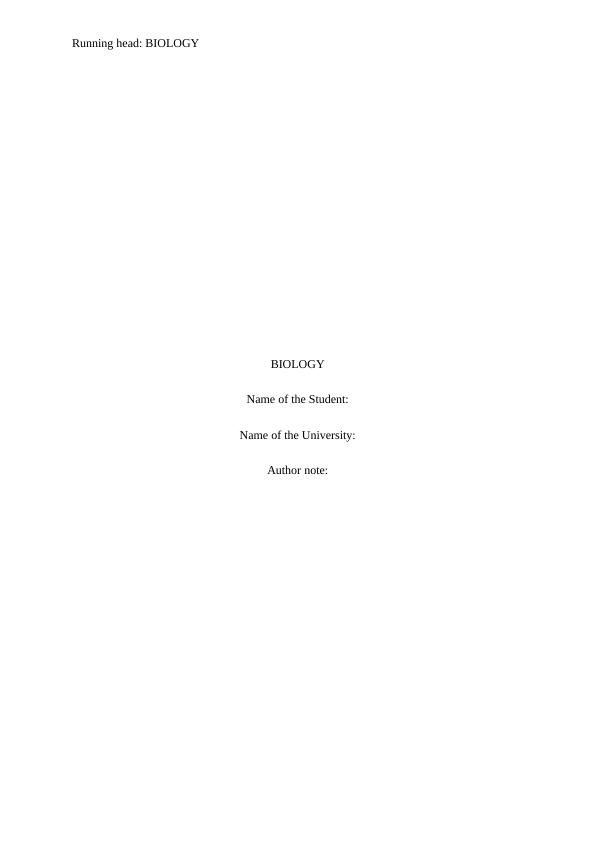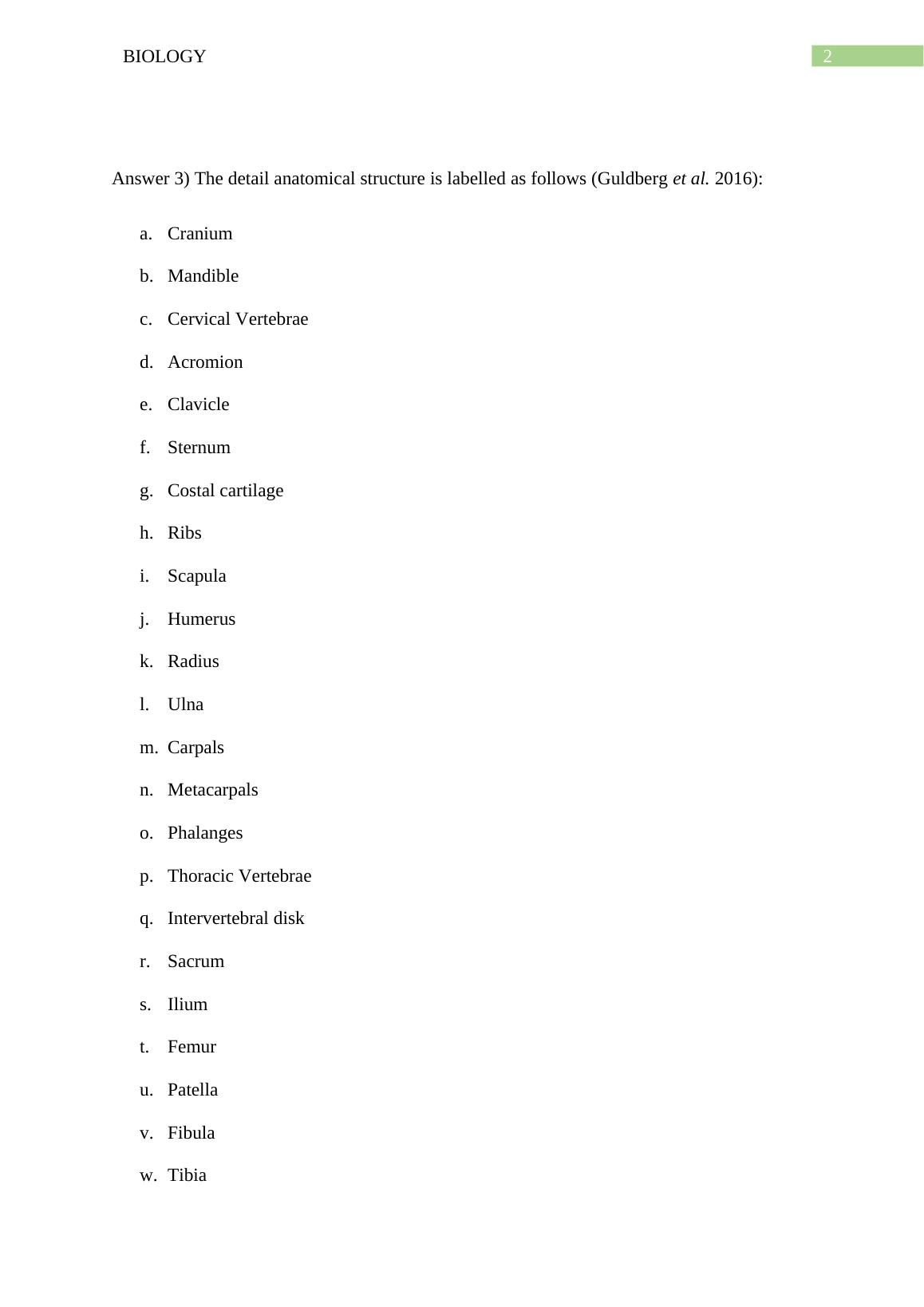Functions of the Skeletal System and Types of Joints
Identify the parts of the skeleton and explain the function as it relates to muscle attachment and locomotion. Describe the structure of a synovial joint and explain joint classification. Explain the difference between the properties of bone and cartilage. Describe the gross and microscopic structure of striated muscle. Explain the sliding filament hypothesis of muscle contraction. Describe the structure of a long bone. 3.2 Explain the different ages/stages of bone development from fertilisation to adulthood.
Added on 2022-11-28
About This Document
Functions of the Skeletal System and Types of Joints
Identify the parts of the skeleton and explain the function as it relates to muscle attachment and locomotion. Describe the structure of a synovial joint and explain joint classification. Explain the difference between the properties of bone and cartilage. Describe the gross and microscopic structure of striated muscle. Explain the sliding filament hypothesis of muscle contraction. Describe the structure of a long bone. 3.2 Explain the different ages/stages of bone development from fertilisation to adulthood.
Added on 2022-11-28
End of preview
Want to access all the pages? Upload your documents or become a member.




